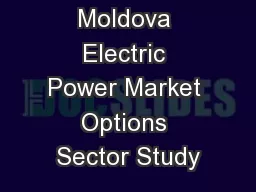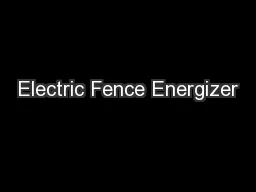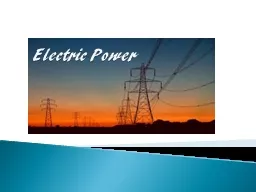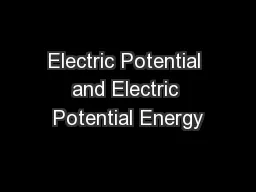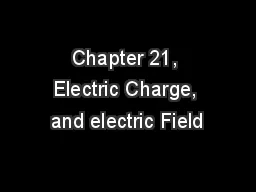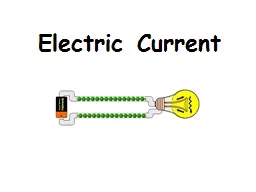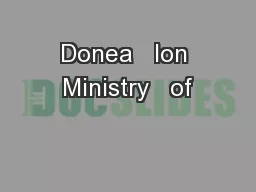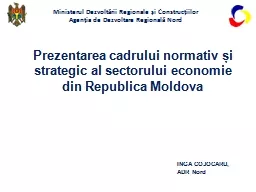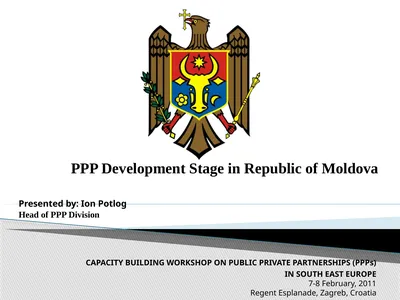PPT-Moldova Electric Power Market Options Sector Study
Author : jane-oiler | Published Date : 2018-03-12
Donors Meeting Chisinau June 4 2015 Energy and Extractives Global Practice Belarus Moldova and Ukraine Country Unit Europe and Central Asia Region Electric Power
Presentation Embed Code
Download Presentation
Download Presentation The PPT/PDF document "Moldova Electric Power Market Options Se..." is the property of its rightful owner. Permission is granted to download and print the materials on this website for personal, non-commercial use only, and to display it on your personal computer provided you do not modify the materials and that you retain all copyright notices contained in the materials. By downloading content from our website, you accept the terms of this agreement.
Moldova Electric Power Market Options Sector Study: Transcript
Download Rules Of Document
"Moldova Electric Power Market Options Sector Study"The content belongs to its owner. You may download and print it for personal use, without modification, and keep all copyright notices. By downloading, you agree to these terms.
Related Documents

